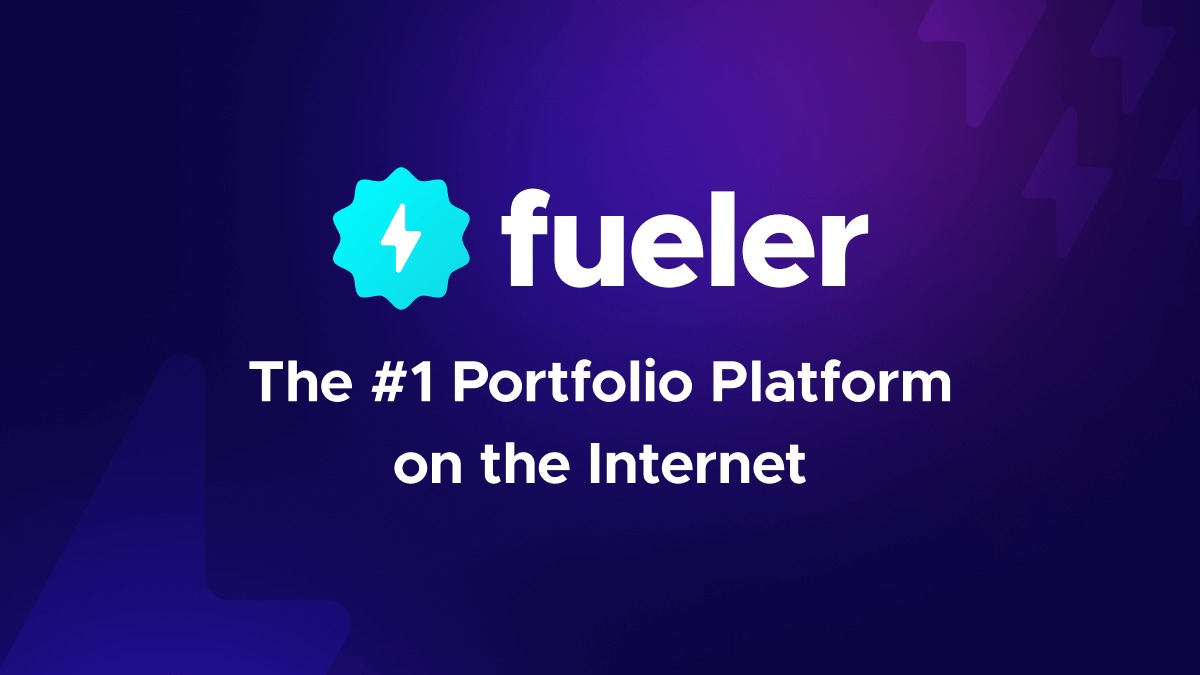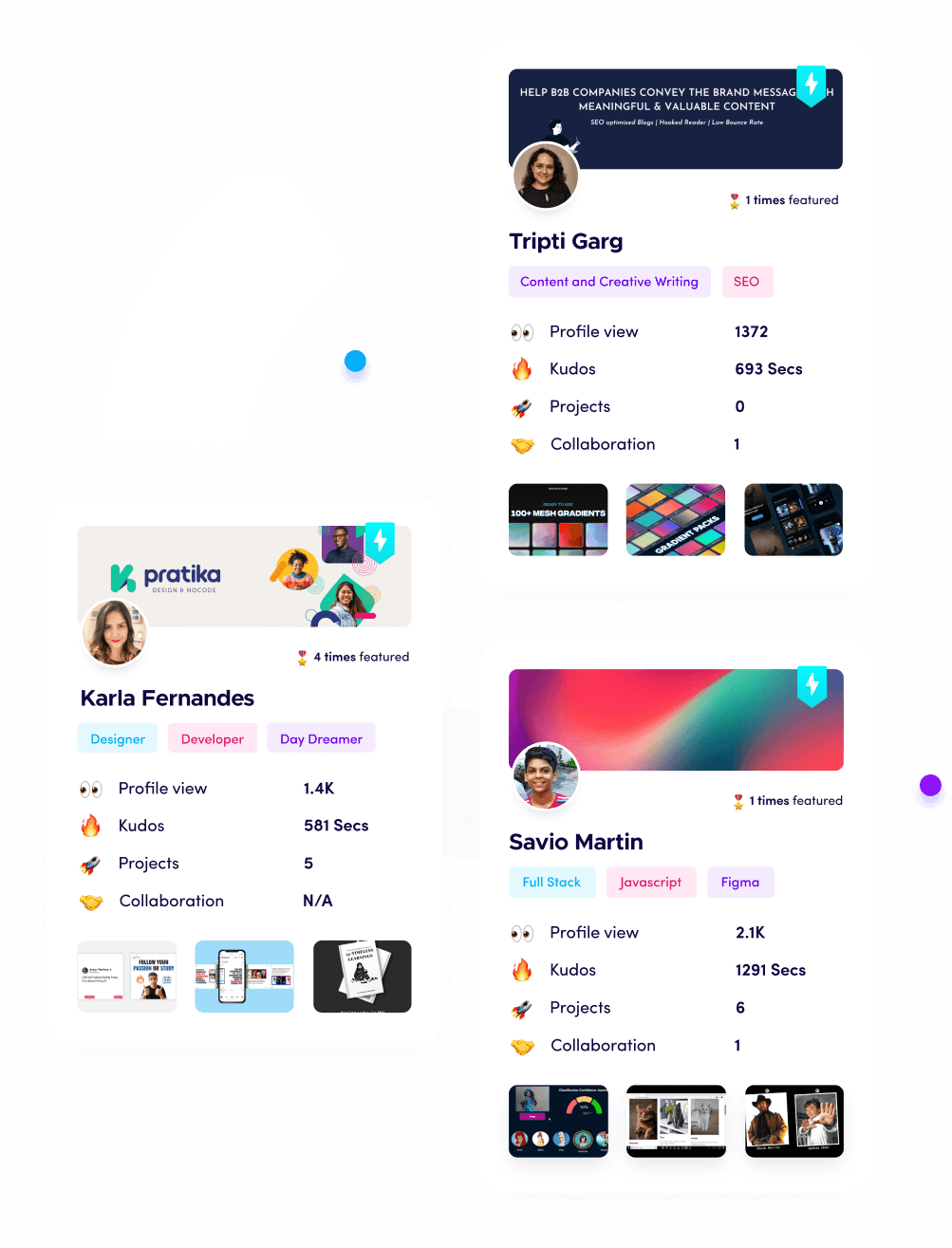11 Tips for Creating Your Online Writing Portfolio in 2026

Riten Debnath
17 May, 2025

Still sending resumes to prove you're a writer? In 2025, clients don’t just want a CV. They want proof. They want to see what you can do. And that's exactly what a well-crafted writing portfolio delivers.
Your writing portfolio is more than a collection of your favorite blog posts or freelance projects. In 2026, it's your calling card, your elevator pitch, and your resume all in one. Whether you're a freelance content writer, a copywriter, or a student aiming to enter the creator economy, your online portfolio should tell your story in a way that builds trust and proves your skills. In this article, I’ll walk you through 11 essential tips to build a writing portfolio that stands out, gets noticed by hiring managers, and actually helps you land paid work. As someone who has helped thousands of freelancers showcase their work through Fueler, I’ve seen what works and what doesn’t. These tips will give you a simple, clear roadmap to build a portfolio that turns visitors into clients. Let’s dive in.
I’m Riten, founder of Fueler - a platform that helps freelancers and professionals get hired through their work samples. In this article, I’m sharing the most practical and actionable tips to build an online writing portfolio that works for you. Your portfolio isn’t just a folder of links. It’s your proof of skill, your credibility, and your shortcut to trust. Let’s make sure it’s built right.
Tip 1: Choose a Clean, Focused Platform
Don’t waste hours designing from scratch. Use a simple platform that’s easy to update, mobile-friendly, and designed for showcasing your work. You can start with platforms like Fueler, which lets you organize and display your samples in a clean format, without needing any design skills. Keep it user-focused and easy to navigate.
Tip 2: Showcase Real Work Samples
Clients want to see what you’ve actually written, not just what you say you can write. Whether it's a blog post, LinkedIn caption, website copy, or email series — show it. Even if you’re new, you can write samples based on made-up briefs. Real-looking work builds real trust. Try using portfolio tables in WordPress.
Tip 3: Write a Strong About Me Section
Your About section is often the first thing someone reads. Don’t make it boring. Write 3-4 lines about who you are, what kind of writing you do, who you help, and why it matters. Keep it human and focused. Use this space to show your personality and positioning.
Tip 4: Add Results or Metrics (If Possible)
If your content helped grow traffic, increase clicks, or boost engagement, mention that. Even small wins matter. Numbers create impact and show your work isn’t just creative — it gets results.
Tip 5: Categorize Your Work
Make it easy for someone to scan your portfolio. Organize samples by content type (blogs, social media, copywriting, technical, etc.) or by industry (tech, fashion, B2B, lifestyle). Clean structure improves user experience and shows you understand content strategy.
Tip 6: Keep It Updated
Your writing portfolio is not a one-time task. Keep it fresh with recent samples. Outdated work gives the impression you’re not active or improving. Set a reminder every 2 months to review and update your portfolio.
Tip 7: Use SEO in Your Portfolio
Include keywords like "freelance content writer," "SEO blog writer," or "email copy specialist" in your About section and sample descriptions. It increases your chances of being discovered by recruiters or clients searching on Google or platforms like Fueler.
Tip 8: Write Project Descriptions for Each Sample
Don’t just drop a link. Add 2-3 lines about the goal of the project, your role, and the result. Context helps readers understand your process and problem-solving skills. It also shows you think strategically, not just tactically.
Tip 9: Highlight Your Niche or Strength
If you specialize in finance, fashion, B2B SaaS, or storytelling — make it clear. Niche writers get hired faster because they match specific client needs. Your portfolio should reflect your strengths and help clients instantly see you’re the right fit.
Tip 10: Make It Easy to Contact You
Add your contact info or a simple form at the end of your portfolio. You don’t want a potential client to leave because they couldn’t find a way to reach you. Be accessible and prompt with responses.
Tip 11: Don’t Wait to Be Perfect — Just Publish
The biggest mistake? Waiting until it’s perfect. Start now with what you have. You can improve over time. The sooner you put your workout, the sooner it starts attracting opportunities. Consistency beats perfection.
If you're not sure where to host your writing portfolio, Fueler is built exactly for this. It helps you create a writing portfolio without coding or design stress. Plus, clients love the way it presents your work with proper tags, descriptions, and performance tracking. It's not just a platform — it's your personal credibility engine.
Final Thought
In 2025, opportunities don’t simply knock on your door — they click on your portfolio. Your online writing portfolio is no longer just a collection of your best work; it's a reflection of your skills, your personality, and your unique value proposition. It's about building trust with potential clients before they even reach out. A well-curated portfolio can be your ticket to new, exciting projects, as it shows that you understand not only your craft but also how to present it effectively. Remember, in a world that's increasingly digital, your portfolio is often the first impression you make. So take the time to build a standout portfolio, continuously update it, and let it work for you. The right opportunities are out there — all it takes is one click.
FAQs
1. What should be included in an online writing portfolio?
Your writing portfolio should include an About Me section, real writing samples, project descriptions, and a way to contact you. If possible, also add metrics, testimonials, and your niche focus.
2. How do I create a writing portfolio with no experience?
Start by writing sample projects based on real-world prompts or mock briefs. Use Fueler or similar platforms to host them and show your approach and thinking process.
3. Which platform is best for a writing portfolio in 2025?
Fueler is one of the top platforms for writing portfolios because it’s easy to use, SEO-optimized, and designed for freelance creators who want to get discovered through their work.
4. How many samples should I include in my portfolio?
Aim for at least 5-7 quality samples. Focus on variety and relevance. Avoid uploading everything — only include work that aligns with the kind of clients or jobs you want.
5. How do I organize my writing samples effectively?
Group them by content type or industry. Use categories and tags to make navigation easier. Add short descriptions so viewers understand what each piece is about.
What is Fueler Portfolio?
Fueler is a career portfolio platform that helps companies find the best talents for their organization based on their proof of work.
You can create your portfolio on Fueler, thousands of freelancers around the world use Fueler to create their professional-looking portfolios and become financially independent. Discover inspiration for your portfolio
Sign up for free on Fueler or get in touch to learn more.


